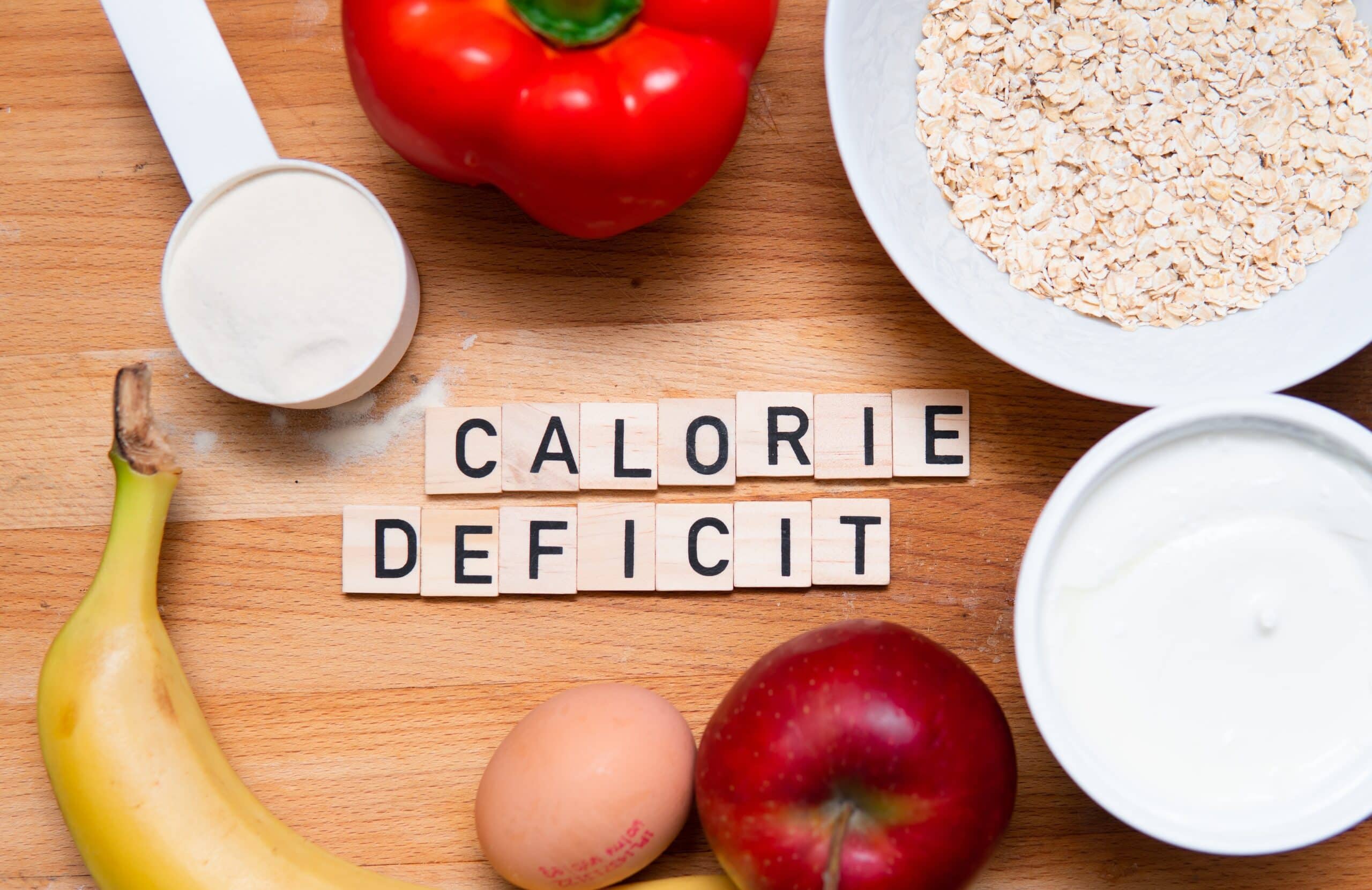Intermittent fasting (IF) has gained significant popularity in recent years as a powerful tool for weight loss. Unlike traditional dieting methods, IF focuses on when you eat rather than what you eat, making it an appealing option for many looking to shed unwanted pounds. If you’ve heard about intermittent fasting but aren’t sure exactly how it helps with weight loss, this blog post will break down the science behind it, as well as practical tips on how to make it work for you.
@thenewlifechannel♬ original sound – The New Life Channel
What Is Intermittent Fasting?

Intermittent fasting is an eating pattern that alternates between periods of fasting and eating. While there are various methods, the most common approach involves fasting for a set number of hours (typically 16) and then eating during an 8-hour window. For instance, one might fast from 8 p.m. until 12 p.m. the following day, consuming food only from noon until 8 p.m.
Unlike traditional calorie-restricted diets, intermittent fasting does not focus on cutting out specific food groups. Instead, it restricts the timeframe during which you consume food. During fasting periods, you either eat very little or nothing at all, while the eating windows allow you to consume balanced, nutrient-dense meals.
How Does Intermittent Fasting Help You Lose Weight?

At the core of intermittent fasting is the creation of a calorie deficit, which is the foundation for all weight loss. To understand how IF facilitates weight loss, it’s important to grasp a few key principles.
1. The Importance of a Calorie Deficit

The concept of a calorie deficit is simple: in order to lose weight, you must burn more calories than you consume. If you take in more calories than your body needs, the excess calories are stored as fat. On the other hand, when you burn more calories than you consume, your body taps into fat stores for energy, leading to weight loss.
Intermittent fasting naturally supports the creation of a calorie deficit by limiting the eating window. By restricting the amount of time you have to eat, IF encourages you to consume fewer calories throughout the day. This can help you reduce your overall calorie intake without the need for complicated meal plans or tracking every calorie you consume.
2. Metabolic Switching: The Key to Burning Fat

One of the key processes that makes intermittent fasting effective for weight loss is metabolic switching. During the fasting period, after about 16 hours, your body runs out of quick energy from carbohydrates (glucose) and starts burning stored fat for energy instead. This switch from burning glucose to burning fat is known as metabolic switching.
When you’re not eating, your body breaks down stored fat into fatty acids and glycerol, which are then used for energy. This process is more efficient at burning fat compared to relying on carbohydrates. Over time, this leads to a reduction in body fat and a more toned physique.
Metabolic switching is a key reason why intermittent fasting works so effectively for weight loss. Once you give your body time to switch from using carbs to burning fat, you create a more efficient fat-burning machine. Not only does this help you lose weight, but it also has significant health benefits, including improved insulin sensitivity and reduced inflammation.
3. Portion Control During the Eating Window

While intermittent fasting may make it easier to lose weight, it’s still important to pay attention to what you eat during your eating window. Even though you’re fasting for a portion of the day, consuming excessive calories during the eating periods can negate the benefits of fasting.
This is where portion control and nutrient-dense foods come into play. During your eight-hour eating window, focus on eating foods that are rich in vitamins, minerals, fiber, and protein. Opt for whole, unprocessed foods like lean proteins (chicken, turkey, fish), healthy fats (avocado, olive oil, nuts), and complex carbohydrates (sweet potatoes, quinoa, brown rice).
Balancing your calorie intake during the eating window is crucial. Although intermittent fasting naturally reduces your calorie intake by limiting your eating time, overeating during meals can quickly counteract this effect. By focusing on nutrient-dense, filling foods that promote satiety, you can avoid overeating and maintain a sustainable calorie deficit over time.
4. Sustained Weight Loss Over Time

One of the biggest advantages of intermittent fasting is its ability to promote steady, sustained weight loss. Because intermittent fasting doesn’t require cutting out entire food groups or following restrictive diets, it is easier to maintain in the long term. This makes it a more sustainable option for those who struggle with the rigidity of traditional dieting methods.
The gradual weight loss that results from IF is often more sustainable compared to extreme calorie-cutting diets that can lead to rapid but temporary results. The key to successful intermittent fasting is finding a routine that works for your lifestyle and committing to it over time.
5. Other Health Benefits of Intermittent Fasting

While the primary reason many people turn to intermittent fasting is for weight loss, it offers a variety of other health benefits as well. Here are a few additional reasons why intermittent fasting is worth considering:
- Improved Insulin Sensitivity: By reducing insulin levels during fasting periods, IF can improve your body’s response to insulin, which helps regulate blood sugar levels. This is particularly beneficial for those at risk of type 2 diabetes.
- Enhanced Mental Clarity: Many people report improved mental clarity and focus while fasting. The absence of food-related distractions can help you stay sharp throughout the day.
- Increased Longevity: Some studies suggest that intermittent fasting may help extend lifespan by promoting cellular repair processes and reducing the risk of chronic diseases like heart disease, cancer, and neurodegenerative diseases.
- Reduced Inflammation: Fasting has been shown to reduce inflammation in the body, which is a key factor in many chronic diseases, including heart disease and arthritis.
6. Getting Started with Intermittent Fasting

If you’re ready to give intermittent fasting a try, here’s how to get started:
1. Choose Your Method
There are several intermittent fasting methods to choose from. The most common one is the 16/8 method, where you fast for 16 hours and eat within an 8-hour window. For example, you could eat between 12 p.m. and 8 p.m. and fast from 8 p.m. until noon the following day.
Other popular methods include:
- 5:2 Method: Eat normally for five days and restrict your calorie intake to 500-600 calories on the other two days.
- Alternate-Day Fasting: Alternate between fasting and eating days.
- One Meal a Day (OMAD): Limit your eating to one large meal per day, fasting for the rest of the time.
2. Ease into It
If you’re new to fasting, it’s a good idea to ease into it gradually. Start by fasting for 12 hours, then slowly increase your fasting period to 16 hours. This will give your body time to adjust.
3. Stay Hydrated
During fasting periods, make sure to drink plenty of water. Staying hydrated is essential for maintaining energy levels and supporting metabolic processes.
4. Focus on Nutrient-Dense Foods
During your eating window, prioritize foods that are rich in nutrients and fiber. This will help you feel full and satisfied without overeating. Aim for a balanced plate that includes lean proteins, healthy fats, and complex carbs.
Conclusion

Intermittent fasting offers a wide range of benefits, from creating a calorie deficit for effective weight loss to supporting fat-burning through metabolic switching. By balancing your calorie intake with nutrient-dense foods during your eating window, you can achieve steady weight loss while boosting overall health. The benefits don’t stop there—improved insulin sensitivity, enhanced mental clarity, and reduced inflammation are just a few of the additional perks that come with intermittent fasting.
But let’s face it: embarking on a new weight loss journey can be tough to do on your own. That’s where I come in. I’ve personally used this strategy to help people get results—and now, I’m here to guide you every step of the way. With this program, you won’t be alone in your journey. Whether you’re just starting out or struggling to stay on track, I’ll provide the support you need to succeed.
If you’re ready to take that first step, join the program I’ve used to help others lose up to 5 pounds in their first week. It’s simple—just subscribe below to get more information on how to get started.
Together, we’ll work to achieve your weight loss goals and set you on the path to lasting results. Let’s make this happen!
Your Thoughts Matter



